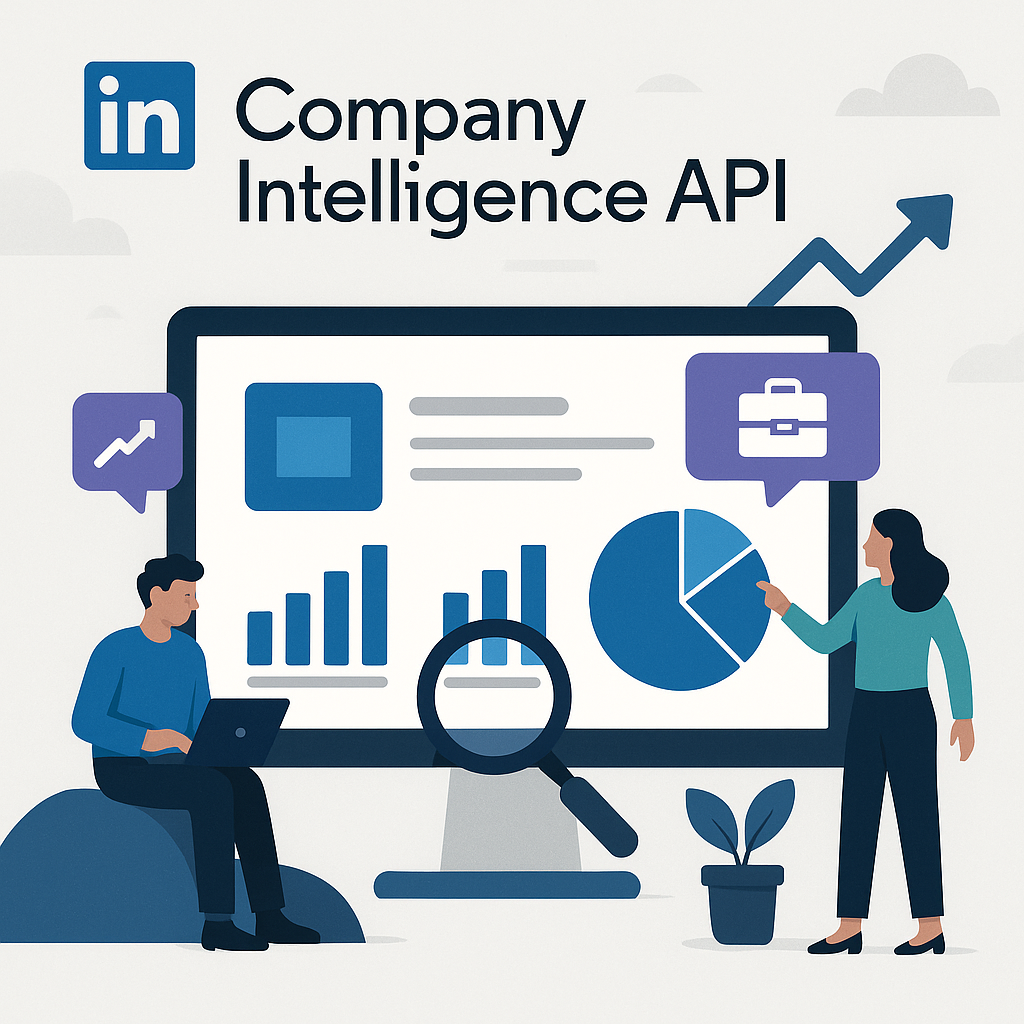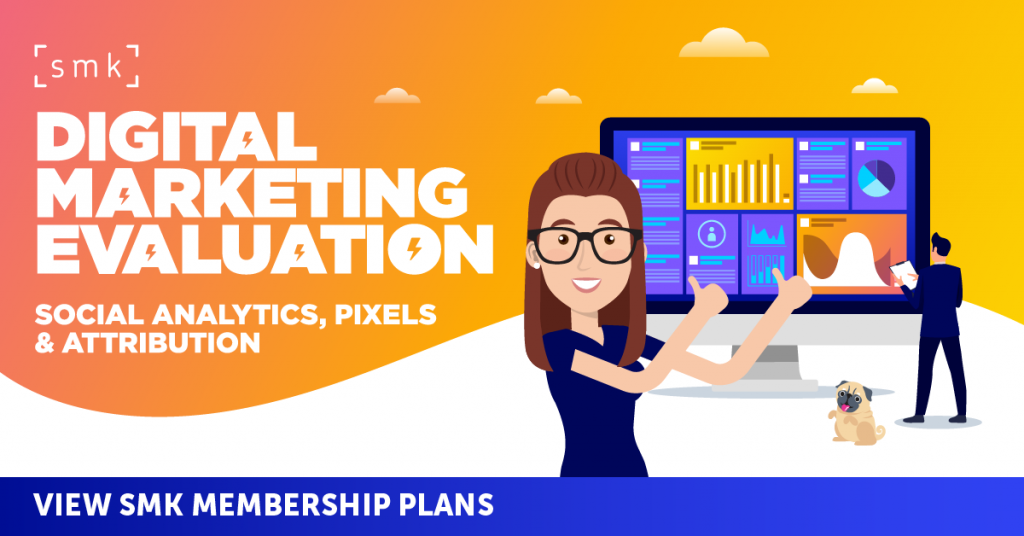LinkedIn has launched a new tool designed to give B2B marketers deeper insight into campaign performance and stronger proof of ROI. The Company Intelligence API allows advertisers to connect LinkedIn engagement data directly to their CRM, providing a clearer view of how on-platform activity translates into pipeline and revenue.
For B2B marketers navigating complex buying journeys and mounting pressure to justify budgets, this represents a meaningful shift in measurement. The API moves beyond traditional lead-level tracking and instead offers aggregated company-level engagement data. This means marketers can see how entire organisations are interacting with LinkedIn campaigns and assess the commercial impact with greater accuracy.
Moving Beyond Outdated Attribution
Traditional B2B attribution models are notoriously poor at reflecting how buying decisions are made. Most are linear, overly reliant on direct conversions, and unable to track the nuanced, multi-touch journeys typical in B2B. As a result, early engagement signals are often undervalued or lost entirely, and campaigns struggle to receive appropriate credit for their role in the sales process.
LinkedIn’s Company Intelligence API addresses this gap. It provides visibility into which companies are engaging with your ads and organic content, how often they are interacting, and how that engagement correlates with sales outcomes further down the funnel.
This change reflects a broader strategic pivot. Marketers are moving toward measuring performance in terms of business impact rather than lead volume.
How the Company Intelligence API Works
The Company Intelligence API is available through LinkedIn’s certified B2B Attribution and Analytics partners, including Channel99, Dreamdata, Factors.ai, Octane11, and Fibbler. These platforms ingest aggregated company-level data from LinkedIn, such as impressions, clicks, and engagement from both paid and organic sources, and overlay it with CRM outcomes.
The integration allows marketing teams to view LinkedIn campaign performance alongside pipeline data, attribution metrics, and revenue impact, all within their existing dashboards.
Critically, the setup requires no additional implementation beyond existing partner connections. This lowers the barrier to adoption and speeds up time-to-value for marketing teams already under pressure to demonstrate effectiveness.
Early Results Signal Strong ROI Gains
LinkedIn reports that early beta users of the API have seen significant performance improvements, including:
-
287% more companies engaged
-
75% increase in Marketing Qualified Leads (MQLs)
-
96% increase in Sales Qualified Leads (SQLs)
-
43% reduction in cost per acquisition
While these figures are based on LinkedIn’s own internal data and should be interpreted with standard caution, the magnitude of the changes suggests a measurable improvement in targeting precision, funnel conversion, and campaign efficiency when company-level insights are applied.
Importantly, the API allows marketing teams to identify which companies are genuinely progressing through the buyer journey. This makes it easier to shift budget to high-performing segments, pause underperforming tactics, and reallocate resources based on actual business impact rather than proxy metrics.
Why Company-Level Data Matters
B2B buying cycles are long, complex, and influenced by a group of stakeholders, not just a single decision-maker. Yet much of marketing measurement still relies on individual-level interactions such as form fills or clicks. These rarely tell the full story and often miss key signals of organisational engagement.
By providing aggregated data at the company level, LinkedIn’s API allows marketers to understand how an entire account is engaging over time. This includes early-stage behaviour such as ad impressions or content views, not just hard conversions.
In practice, this enables:
-
Prioritisation of engaged accounts for sales follow-up
-
Campaign optimisation based on actual funnel movement
-
Tighter sales and marketing alignment around account-based strategies
-
More credible performance reporting at the executive level
The API supports both paid and organic engagement, helping marketers understand how different LinkedIn touchpoints contribute to awareness, consideration, and conversion. When connected to CRM and sales data, it offers a more complete view of how marketing activity drives outcomes.
Built for the Realities of B2B Buying
The Company Intelligence API is designed with the realities of B2B in mind. Modern buying committees involve 6–10 stakeholders on average. Sales cycles often extend beyond 200 days. Influence is rarely linear or easily captured through basic attribution models.
This makes traditional lead-focused measurement not only outdated but often misleading. LinkedIn’s approach recognises that organisational engagement, not just individual conversion, is the more accurate signal of progress in B2B buying.
The API helps marketing teams surface this organisational activity and tie it back to business impact. It removes the disconnect between upper-funnel awareness and bottom-line contribution. This has been a persistent pain point for B2B CMOs.
What This Means for Marketing Leaders
With economic pressures continuing and CFO scrutiny increasing, marketing leaders need more credible, defensible metrics to secure budget and demonstrate strategic value. The Company Intelligence API provides exactly that. It offers clear linkage between marketing spend on LinkedIn and its contribution to business growth.
It also supports more informed decisions around campaign planning, account targeting, and resource allocation. Marketing teams can move beyond generic performance indicators and focus on what’s actually driving revenue.
For organisations already invested in account-based marketing, this API complements existing strategies by providing near real-time feedback on how target accounts are engaging. It also helps identify where sales teams should focus their attention next.
The Road Ahead
The Company Intelligence API is now globally available via LinkedIn’s certified analytics partners. Adoption is expected to accelerate as marketers look to improve attribution accuracy and enhance ROI visibility in a high-accountability environment.
More broadly, the launch signals a continued shift away from simplistic attribution models. It reflects a movement toward measurement frameworks built around how B2B buying actually works across companies, teams, and timelines.
For senior marketers aiming to bring greater precision, transparency, and accountability to their LinkedIn strategy, this new API offers a clear step forward. It is not just another reporting tool. It is a redefinition of what effective B2B measurement should look like.




RECOMMENDED FOR YOU
LinkedIn Streamlines B2B Influencer Marketing
LinkedIn has introduced a more intuitive way for brands…
LinkedIn has introduced a more intuitive way for brands…
LinkedIn Ad Revenue Up 18%
LinkedIn is sharpening its focus on authentic engagement, video…
LinkedIn is sharpening its focus on authentic engagement, video…
LinkedIn Reverts Algorithm After Recency Backlash
LinkedIn has confirmed it is rolling back recent feed…
LinkedIn has confirmed it is rolling back recent feed…